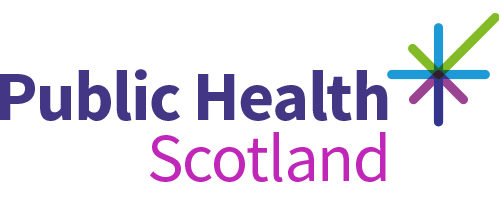- Published
- 19 February 2025
- Journal article
Evaluating geographic accessibility to COVID-19 vaccination across 54 countries/regions
- Authors
- Source
- BMJ Global Health
Abstract
Background: The COVID-19 pandemic has revealed significant disparities in global vaccine accessibility, particularly affecting low and middle-income countries (LMICs). However, current research on COVID-19 vaccine accessibility primarily focuses on individual countries or high-income countries (HIC). We aimed to evaluate geographic accessibility to COVID-19 vaccination on a multicountry scale, covering comparisons across LMICs and HICs. Additionally, we explored the potential economic factors related to accessibility and their impacts on health outcomes. Methods: We collected population data at a 1 km resolution and geocoded all vaccination sites across the selected countries/regions. Four measures were used to evaluate vaccine accessibility from different perspectives: population coverage with varying travel time thresholds, driving time to vaccination sites, the number of sites within a 30-min threshold and a geographic accessibility index using enhanced two-step floating catchment area method. Finally, we explored the relationships between geographic accessibility and several factors: gross domestic product per capita, vaccination uptake and mortality. Findings: We found substantial disparities in vaccine accessibility across the selected countries/regions. In 24.07% of these countries/regions, over 95% of the population can access the nearest vaccination services within 15 min. In contrast, in countries/regions such as Manitoba (Canada), Zimbabwe and Bhutan, less than 30% of the population can reach these sites within 60 min. Underserved areas, termed ‘vaccine deserts’, were identified in both HICs and LMICs. We found that countries/regions with higher vaccine accessibility tend to achieve higher vaccination rates, whereas those with lower vaccine accessibility are likely to experience substantial increases in COVID-19 mortality rates. Conclusion: LMICs require enhanced attention to improve geographic accessibility to vaccination. Additionally, there are internal disparities in accessibility within both HICs and LMICs. National public health officials and global health initiatives are suggested to prioritize ‘vaccine deserts’ and to ensure equitable vaccine access in future pandemics.
Rights
This is an open access article distributed in accordance with the Creative Commons Attribution 4.0 Unported (CC BY 4.0) license https://creativecommons.org/licenses/by/4.0/
Cite as
Cao, Y., Li, T., Chen, H., Zhao, Q., Sun, J., Grépin, K. & Kang, J. 2025, 'Evaluating geographic accessibility to COVID-19 vaccination across 54 countries/regions', BMJ Global Health, 10(2), article no: e017761. https://doi.org/10.1136/bmjgh-2024-017761
Downloadable citations
Download HTML citationHTML Download BIB citationBIB Download RIS citationRISIdentifiers
- Repository URI
- https://eprints.gla.ac.uk/348875/
